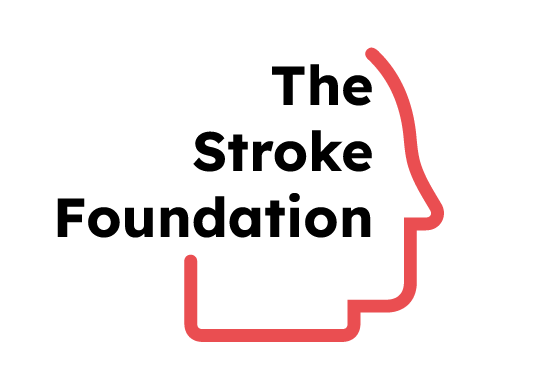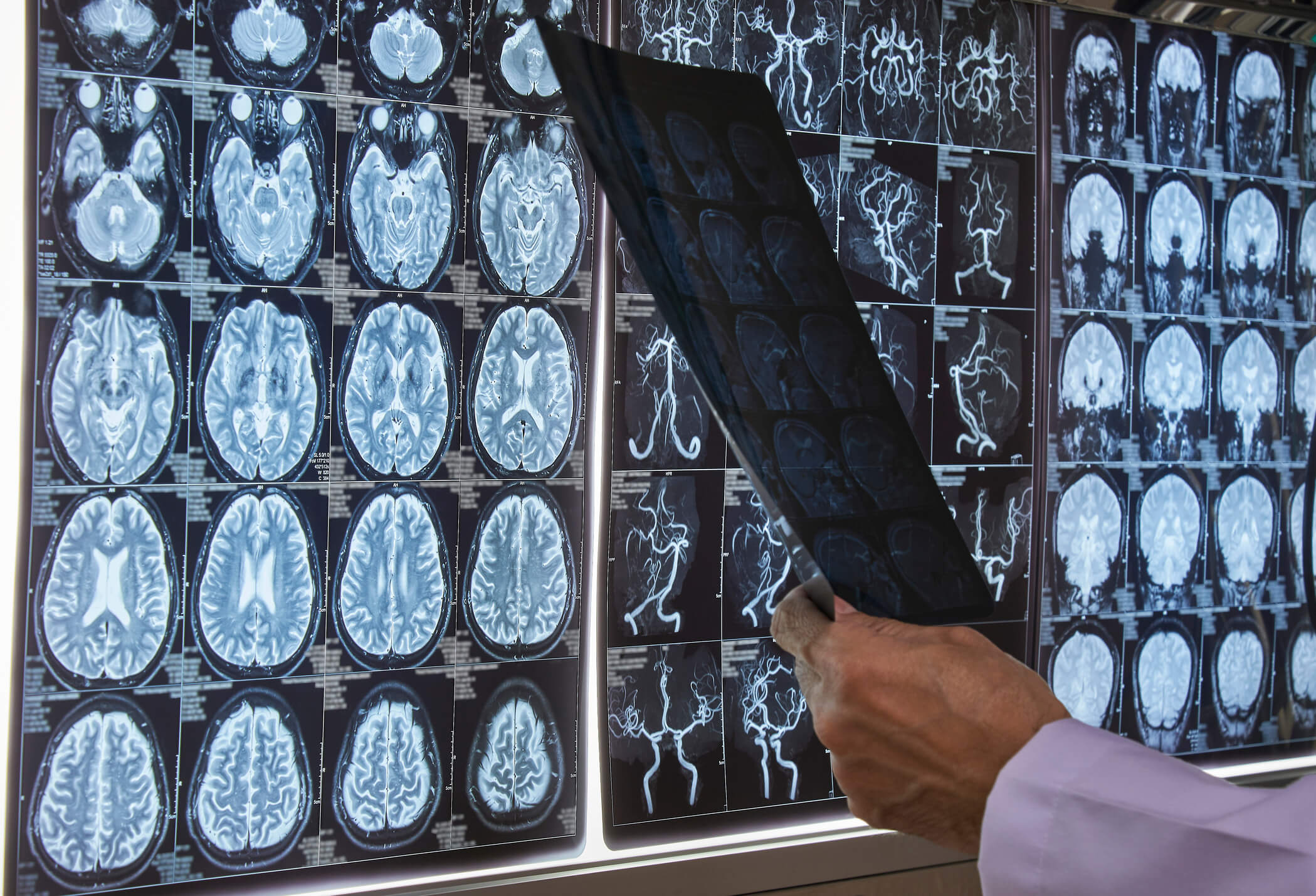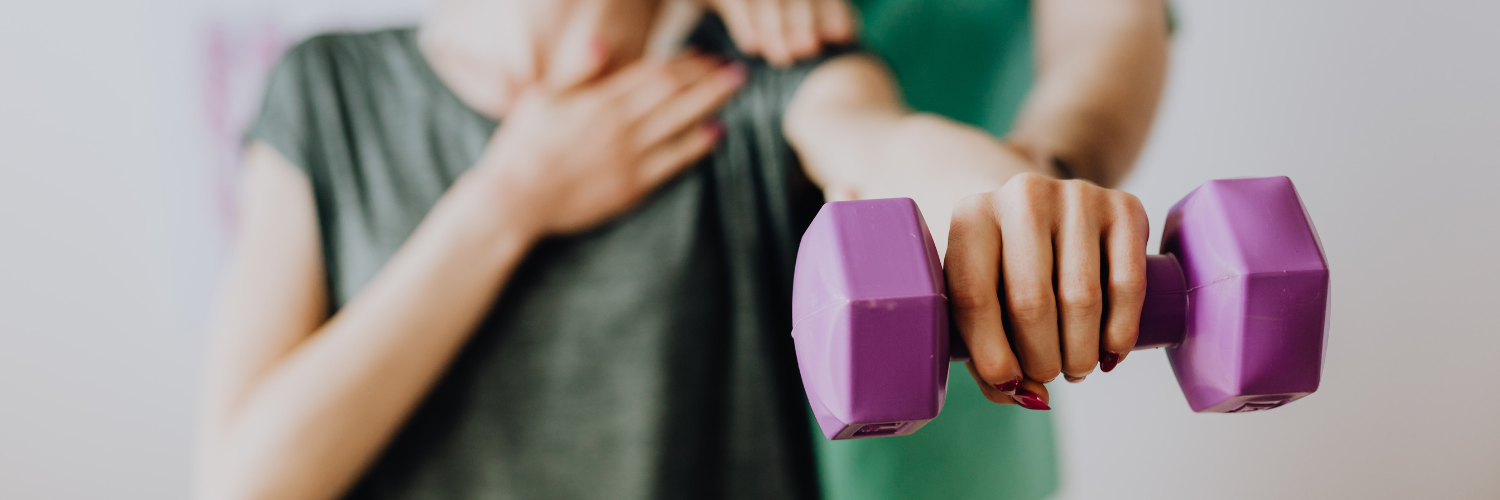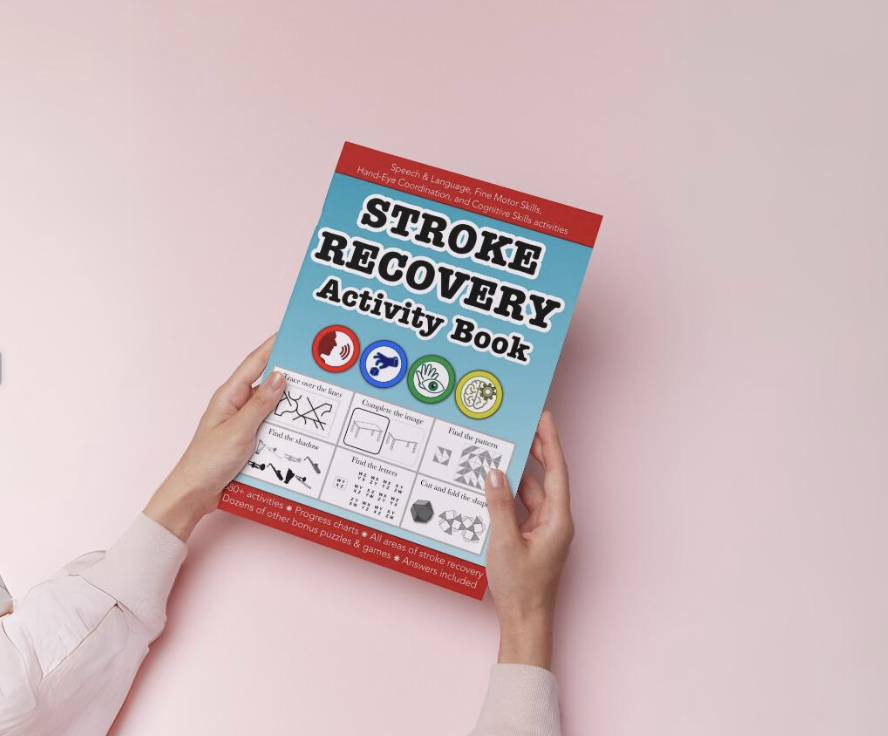Start with Preparation and Positioning
Let your stronger side do the work
Use your unaffected arm to guide your movements. But when getting dressed, always start with your affected side first. When undressing, do the opposite—remove clothes from your stronger side first. This makes the process smoother and less tiring.
Choose the right setting
In the early stages of recovery, it's best to get dressed while sitting. Find a stable, comfortable chair, the edge of a bed, or even a couch—anywhere you can place both feet flat on the floor and feel balanced.
Lay out your clothes in advance
Preparing your outfit beforehand minimizes decision-making and reduces stress. Having everything within reach allows you to focus your energy on dressing without extra frustration.
Clothing Choices That Make a Difference
The clothes you wear can make dressing much easier—or much harder. Here’s what to look for:
- Roomy, loose-fitting clothing:
Items that allow for more movement and flexibility are easier to manage. - Slippery or silky fabrics:
These glide over the skin and are easier to pull on, especially if movement is limited. - Breathable and lightweight materials:
Comfortable on sensitive skin and easier to maneuver. - Adaptive clothing options:
Look for items with Velcro closures, elastic waistbands, or front-fastening designs. You don’t have to struggle with buttons or zippers if there’s an easier alternative.
Dressing Specifics: Tips by Category
Shirts and Jackets
- Use soft, non-restrictive fabrics (non-iron materials help too)
- Put your affected arm in the sleeve first, then pull the garment over your shoulder
- If buttoning is difficult, start at the bottom and work your way up
- Practice during downtime—buttoning and unbuttoning builds skill and confidence
Socks and Shoes
- Sit down and raise your foot onto a low surface (like a footstool or bench)
- Use slip-on shoes or shoes with Velcro closures instead of laces
- Make sure your shoes provide good grip and balance
- Compression socks or stretchy materials are easier to handle
Jewelry and Accessories
- Use clip-on earrings and slip-on bracelets
- Attach a loop or ribbon to zippers to make them easier to grab
- Consider clip-on ties instead of traditional ones
- A front-closure bra is much easier to use than a pullover or back-closure bra
Adapting for Success
You may also benefit from adaptive dressing tools, such as:
- Dressing sticks or reacher tools
- Long-handled shoehorns
- Sock aids
- Button hooks
These simple tools can make a big difference in daily independence.
Final Thoughts
Getting dressed after a stroke takes patience, creativity, and practice—but it’s absolutely possible. Focus on small wins, choose clothing that works with your body, and allow yourself grace as you adapt.
You’re not alone on this journey. Whether you're a stroke survivor or a caregiver supporting someone through recovery, know that dignity, independence, and confidence are within reach—one sleeve, one shoe, one success at a time.

.jpg)
%20(2)%20(1).png)



